The excitement of preparing for deer hunting grows as hunting season approaches. An organized plan will increase your chances of having a successful and enjoyable hunting trip. So how to prepare for deer hunting season?
If you are new to hunting, this article will help you prepare properly for the hunting season. Brush up on your hunting basics with this guide if you’re a seasoned hunter.
Make Sure You Have A Hunting License
To ensure your hunting license is ready before opening day, make sure you obtain it as soon as possible. In order to qualify for a hunting license, most novice hunters must first take a Hunter Safety Education Course and pass a Hunter Education Test.
It varies from state to state and province to province, but most states require that you take a Hunter Safety Education Course and Test before buying a hunting license.
Besides hunting licenses, you must also have tags for each big game species, including deer, elk, bear, pronghorn, etc.
📌You may also want to check: Quick Answer: Can You Hunt On Your Own Land Without A License?
Check The Regulations In Your Hunting Area
Several state game laws and area-specific regulations are updated annually, so hunters should be familiar with the most current ones to make sure they are complying with the rules.
Check and Organize Your Hunting Gear
You should make sure that your hunting gear is fully equipped before you go hunting, and that you have all the essential items with you, such as a rifle, ammunition, and binoculars, before you go out.
It is imperative that the equipment is in good working condition and that the firearms are properly licensed. Also, prepare a first-aid kit and survival supplies, as well as necessary safety equipment.
Additionally, having a good pair of deer hunting boots is important for hunters. These boots should be durable, waterproof and comfortable, and keep you warm in cold weather. Also, the right hunting boots will provide support and prevent slipping, giving you stability while you hunt.
Here you can check out the Kalkal rubber hunting boots. These hunting boots have all the features that can match the terrain and weather during deer hunting season. With the reliable Kalkal boots, you will have a successful and comfortable hunting experience.
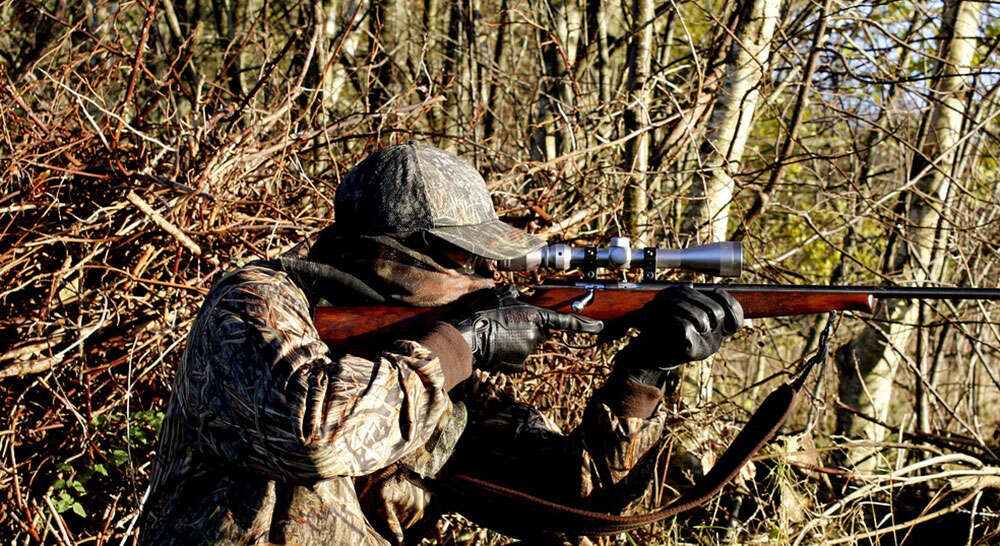
Scout Your Hunting Spots
A hunter should always scout extensively before going out on the hunt, regardless of the type of wild game they will be hunting.
Find out where your target animals bed down, find food and drink water in the areas where you wish to hunt. Don’t forget to keep an eye out for signs of wildlife activity, such as tracks, droppings, and feathers.
When scouting, take into account the wind direction and the time of day. Hunting success increases when you are familiar with a particular patch of ground and the animals that live there.
📌Read More: How to Pick the Right Hunting Spot on Public Land
Obtain Permission from Landowners
There are some great hunting opportunities on private lands. To hunt on private property, hunters must have the permission of the landowner.
Make them aware of your willingness to help them in exchange for hunting opportunities, sharing turkey and venison is a good example.
Helping out with tasks such as fixing fences or clearing trails is an additional way to show your appreciation. Keep in touch with the landowner if you are granted permission, and be as friendly as you can. be aware of any boundaries they might set.
Clear Travel Paths
To ensure that all paths leading to your hunting area are clear and obstacle-free, you must clear all travel paths on your land. Keeping your game safe is always the most important thing when hunting, and walking on old, dry branches or parched leaves can scare them away.
The presence of overgrown plants, fallen trees, branches, and other debris creates a major obstacle, so it is important to remove these natural hindrances. You won’t get lost if you have a clear path.
Set up Your Trail Cameras
Keeping track of deer’s movements is essential for successful hunting. You can use trail cameras to find out what game is moving through an area, when they are active, and in what direction they are traveling. You can gain valuable hunting information by using a trail camera.
Set Tree Stands Or Ground Blinds
Following your land scouting, you’ll need to hang tree stands and set a ground hunting blind. The best time to do this is a couple of weeks before the start of the season, so the wildlife will have time to adjust to the new surroundings and feel safe in the area.
Furthermore, it will guarantee a successful hunt. For a better scent hidement, put your tree stand high and downwind.
Practice More with Your Weapons
Make sure you put in plenty of practice time with your rifles or bows. Understanding your weapon’s range and trajectory can make a significant difference in the field.
Practice makes perfect. Regular practice will assist you in familiarizing yourself with the weapon’s features and operation, and you will be able to improve your accuracy with confidence and know how to handle a firearm safely.
Except for accuracy and consistency, It’s vital to know where to aim when shooting a deer to ensure a quick and humane kill. Ideally, the best shot placement is behind the front shoulder, targeting the vital organs – heart and lungs, which are located just behind the front leg.
Know How to Handle the Harvested Animals
Handling harvested animals properly is crucial for ensuring both the quality of the meat and compliance with local regulations. Remember to familiarize yourself with state laws regarding deer processing.
Many states have specific regulations about which parts of the deer you are required to bring home. For example, some states mandate that you must retain the meat or certain organs, such as the heart, liver, or even the head with antlers, while others may allow you to leave behind less desirable parts like the entrails.
This process involves removing the internal organs to cool the meat quickly and prevent spoilage. You have to know how to field dress your prey and how to dispose of it properly with the right deer hunting knives once you have harvested it.
Check out this guide if you are not so familiar with the deer field dressing yet: How to Butcher, Quarter and Clean A Deer?
Conclusion
When planning your hunt, safety should always come first. Once you have followed the hunting tips and tactics listed above, you will be able to prepare for the deer hunting season successfully, enjoy your hunting experience, and hunt safely. A successful hunt requires proper preparation, so get started as soon as possible.


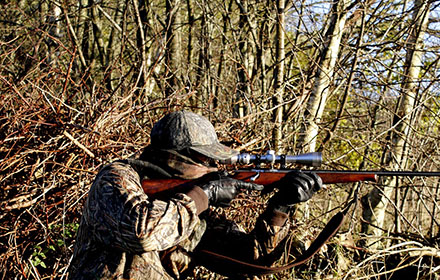
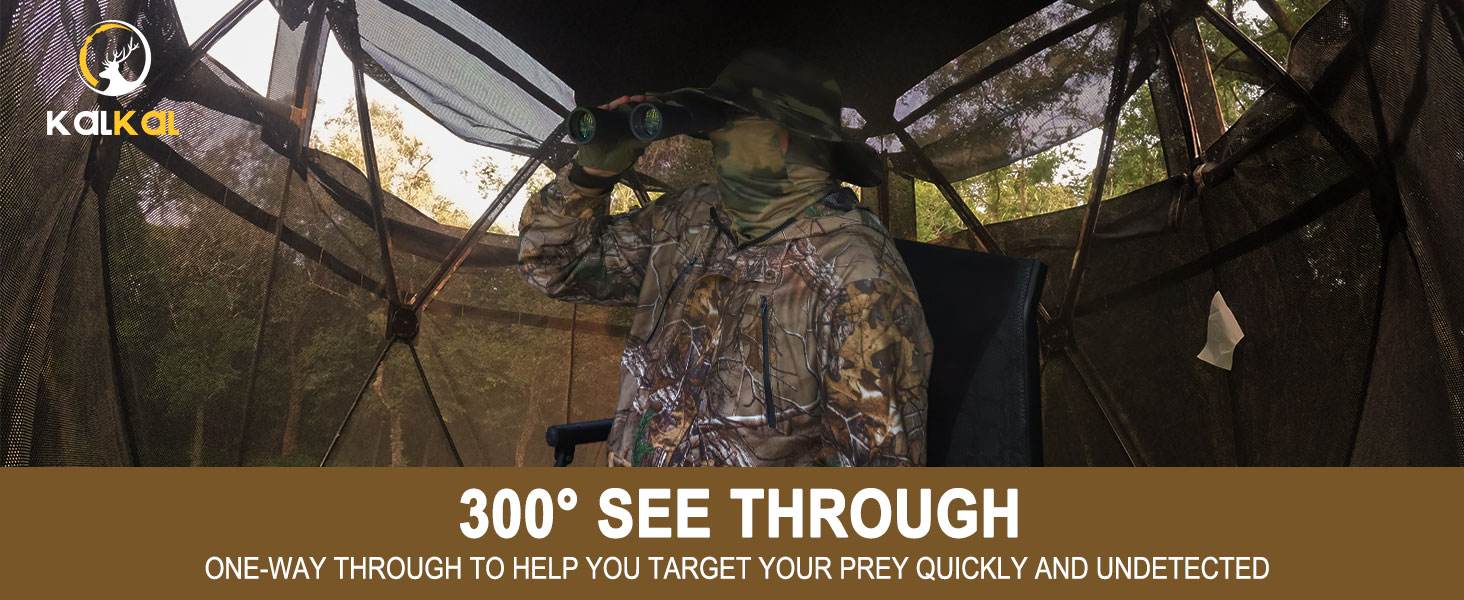







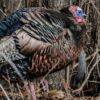
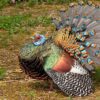








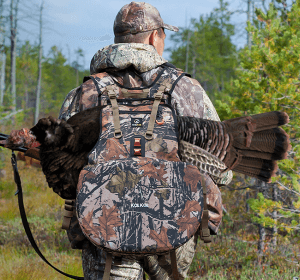
Leave a reply